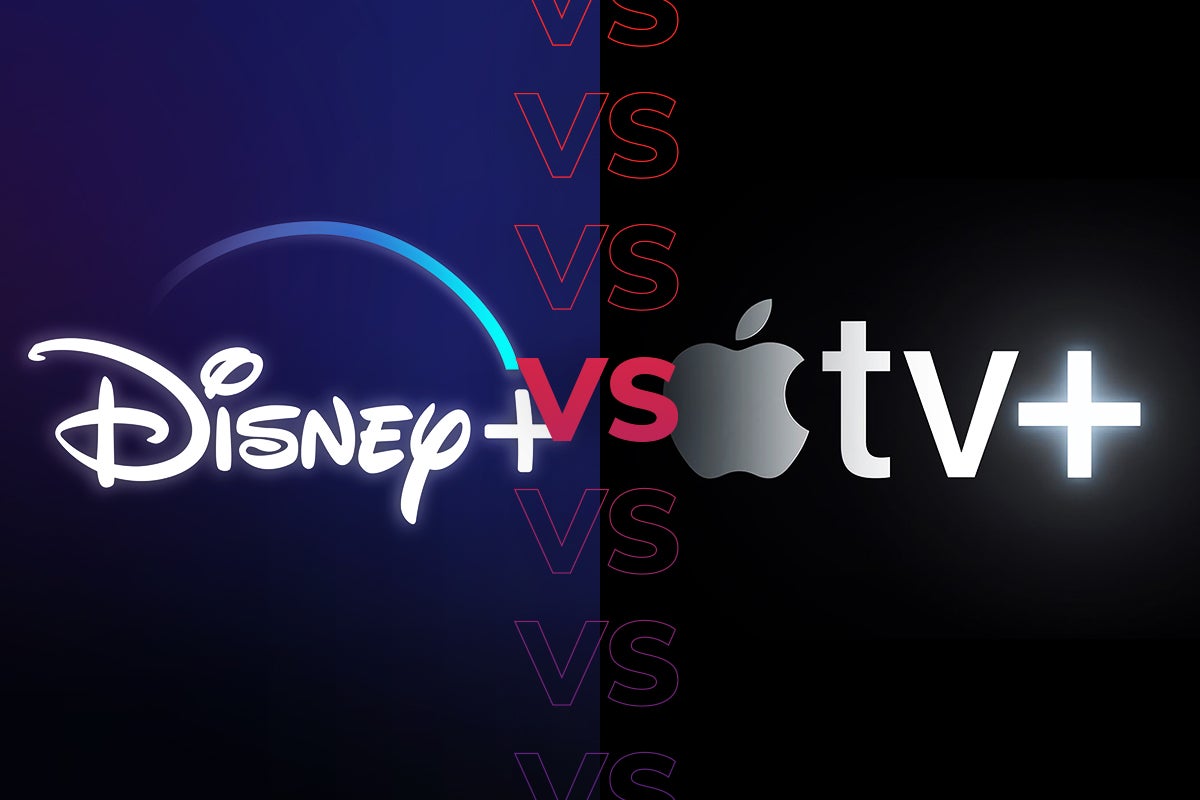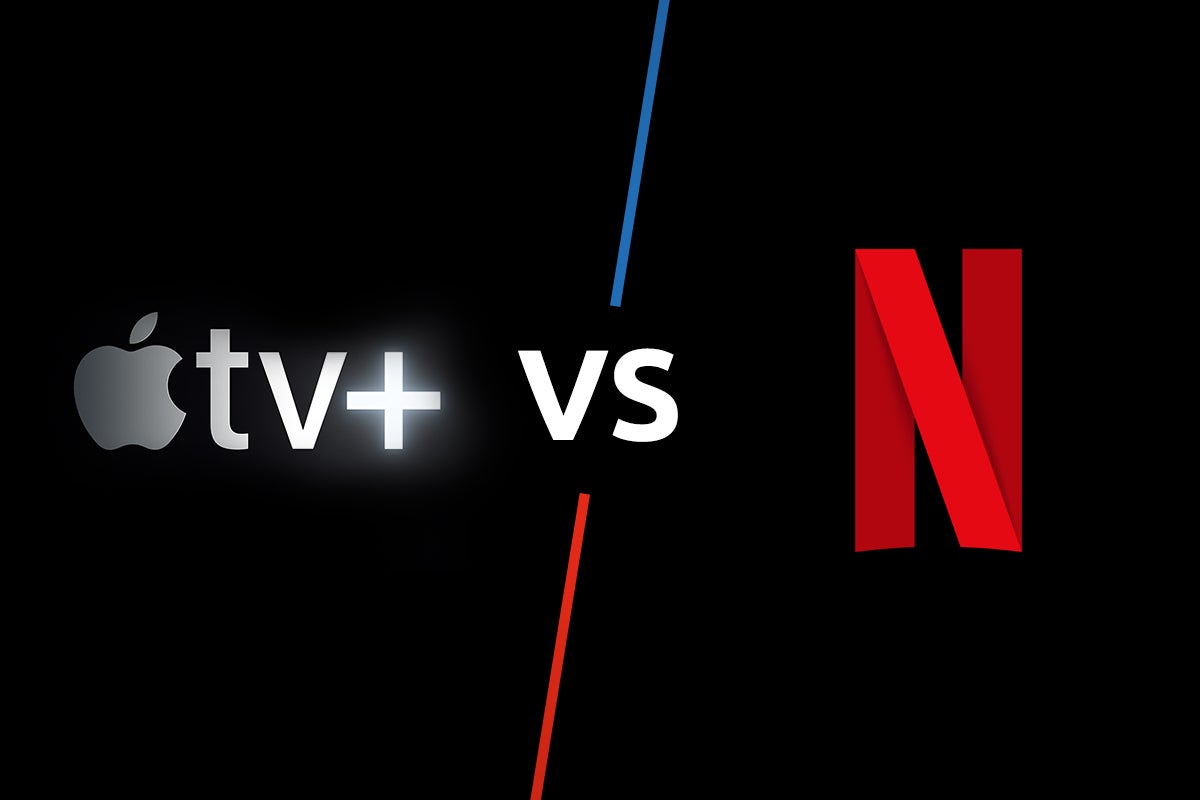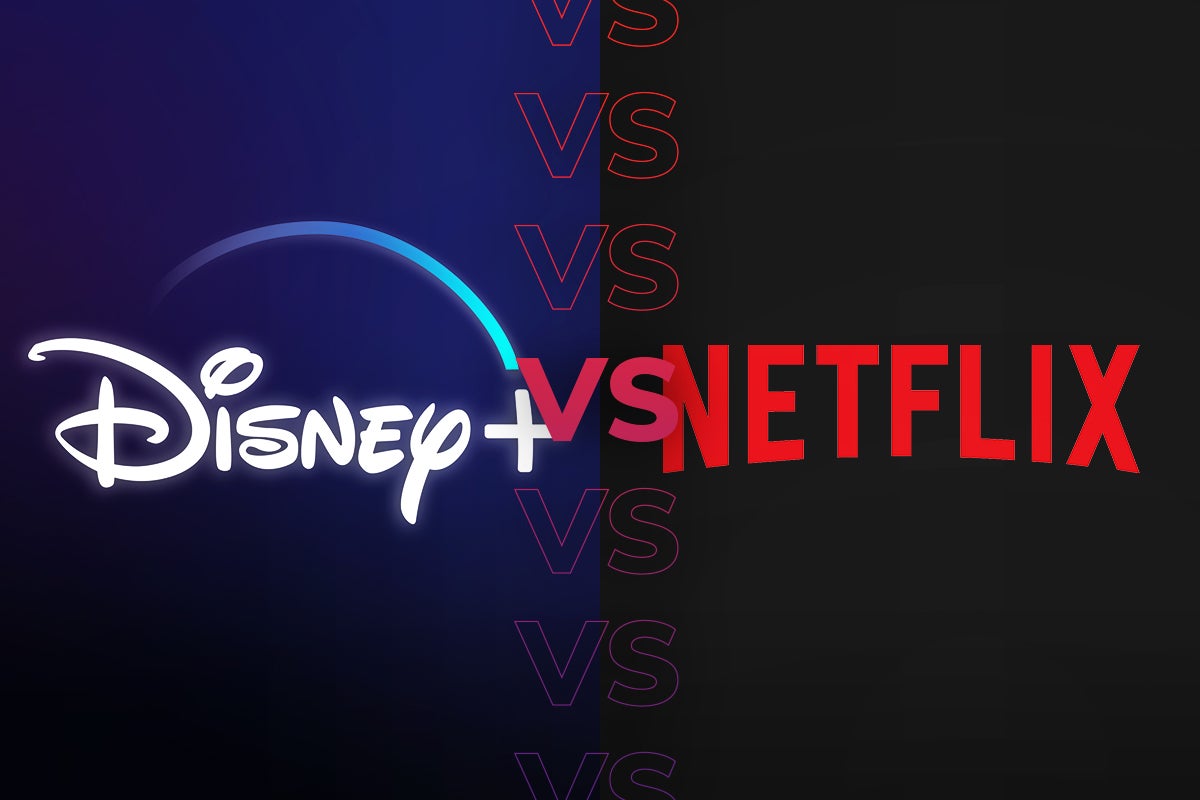Apple Music vs Spotify: What’s the difference?
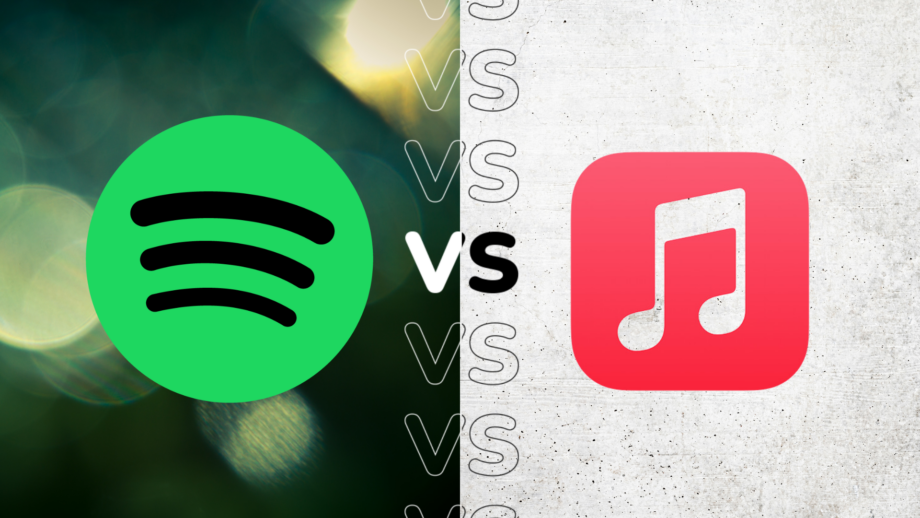
Apple Music and Spotify are two of the biggest music streaming platforms, but if you’re looking to subscribe to one of them, what’s the difference between the two?
Spotify has been around for longer than Apple Music, but both have grown to offer a huge library of music albums, podcasts, and other assorted audio bits. So what’s the difference between the two?
Read for more about the differences between Apple Music and Spotify with regards to the price, interface, audio quality, features and more…
Pricing
An individual Spotify Premium subscription is $10.99 / £10.99 / €10.99 a month. For students that $5.99 / £5.99 / €5.99 a month. Spotify Duo (for two people) is $14.99 / £14.99 / €16.49 a month, while Family plans (up to six users) is $16.99 / £17.99 / €17.99 a month.
The streaming service does tend to offer trial promotions for a month or three to those who haven’t tried Premium before.
Spotify has a free version of its service, which has the same library but features ads and doesn’t allow for the option to download music. Free users also cannot choose and play songs in any order and don’t have access to the highest bit-rate quality either.
Apple Music charges $10.99 / £10.99 / €10.99 a month for its individual membership, or $5.99 / £5.99 / €5.99 a month for students. The platform also offers a $16.99 / £16.99 / €16.99 a month Family plan for up to six people and an all-in-one subscription to multiple Apple services starts at $16.95 / £16.95 / €16.95 a month with Apple One. There’s no free version of Apple Music.
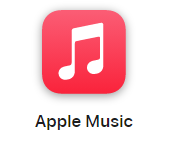
Apple Music
Apple Music gives you access to over 100 million songs and 30,000 playlists, ad-free. Listen online or off, across all your devices, and hear sound all around in Spatial Audio with dynamic head tracking. You can now try 1 month for free!
- Apple
- Get 1 month free
- £10.99 p/m
Apple also runs promotions for its service, offering a 1-month free trial to new users, or a six-month free subscription when you buy certain Apple devices.
To summarise, Spotify’s price increase means that it and Apple Music are at the same price for both individual and student plans. Apple Music is slightly cheaper for families and comes with a lengthy free trial if you’re an Apple user.
User interface
Spotify makes use of a black background with white text to contrast against it. As far as we can tell, there isn’t a ‘light’ theme that reverses those colours.
The iOS and Android apps for Spotify can be a bit tricky to navigate at times, but feature sections like ‘Your Library’ which is where you can access saved songs, albums and playlists. ‘Search’ you see the latest charts, releases and Spotify-curated playlists, and ‘Home’ shows a mix of curated content based on your listening preferences, new releases, recently played content.
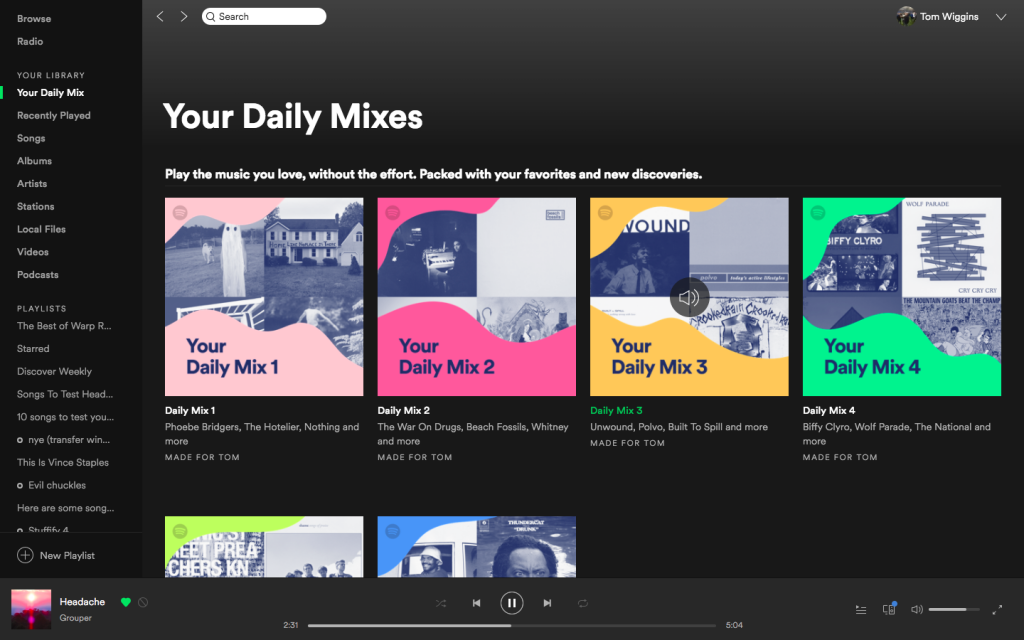
Apple Music has a brighter user interface, though the transparency effects and album artwork are presented very similarly to Spotify’s when a track is playing.
The main sections in the app include ‘Listen Now’ for recently played music and recommendations, ‘Browse’, ‘Library’, ‘Search’ and a separate ‘Radio’ button.
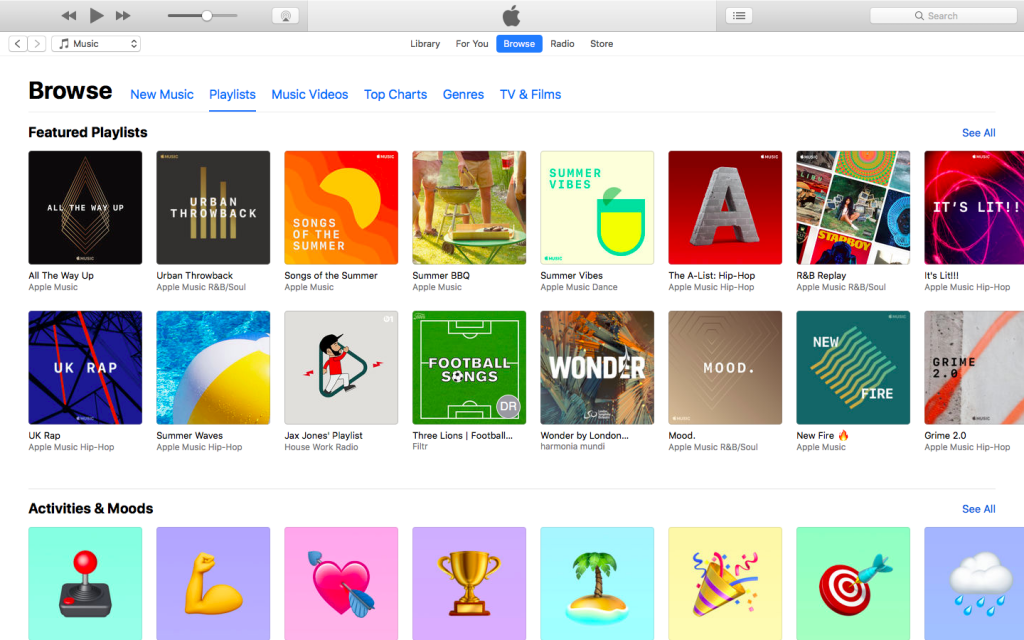
Music and podcast catalogue
Spotify features music, podcasts and has recently expanded to offer audiobooks. You can access a catalogue of over 100 million songs along with these podcasts and audiobooks with a free account or Spotify Premium.
However, only Premium members can play songs in any order, download music, listen ad-free and stream at up to 320kbit/s through the desktop, mobile and tablet apps. Free users are limited to a lower quality 160kbit/s.
Spotify doesn’t offer much in the way of exclusive music outside of its Spotify Sessions recordings. However, the service has a growing list of exclusive podcasts.
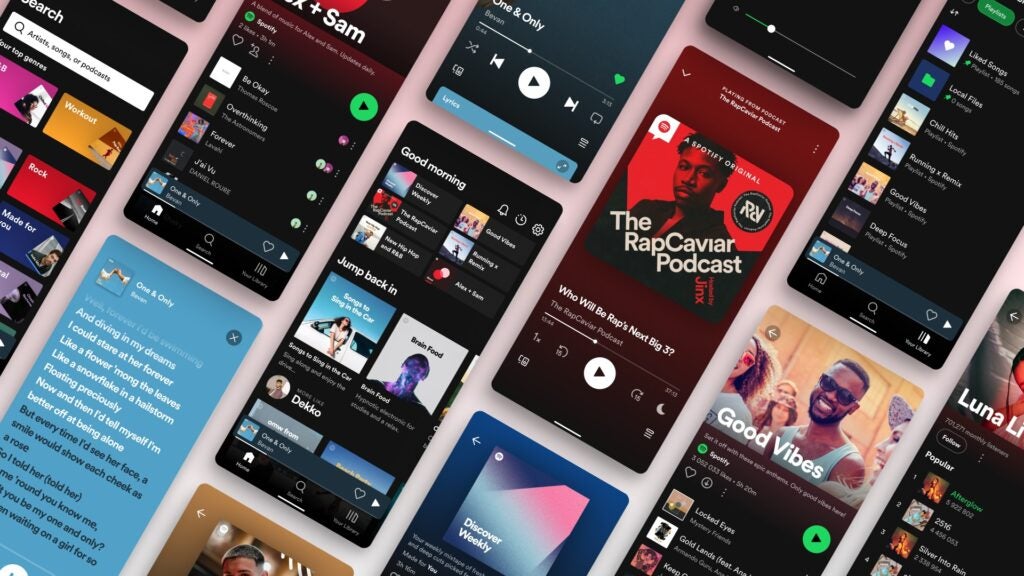
Apple Music offers its own Apple Music Sessions Content and has played host to exclusive content from the likes of Taylor Swift, Drake, Pharrell Williams and more in the past.
More generally speaking, subscribers can access over 100 millions songs and 30,000 playlists on Apple Music, along with live radio and curated playlists. However, there are no podcasts or audiobooks, with these instead found in the Apple Podcasts and Apple Books apps, respectively.
One of Apple Music’s biggest strengths is its audio quality. The streaming service supports lossless resolutions of 24-bit/48kHz or Hi-Res lossless at 24-bit/192kHz for CD-quality streaming, although none of Apple’s wireless headphones can play lossless audio, while the HomePod speakers can, but only up to 24-bit/48kHz. That’s a bit of an own goal by Apple.
Apple Music also supports Spatial Audio, a feature that uses dynamic head-tracking to create a more immersive listening experience with the help of Dolby Atmos.
Spotify confirmed ages ago that lossless audio would be coming to the service in its HiFi / Supremium tier. However, this has yet to launch as of spring 2024.
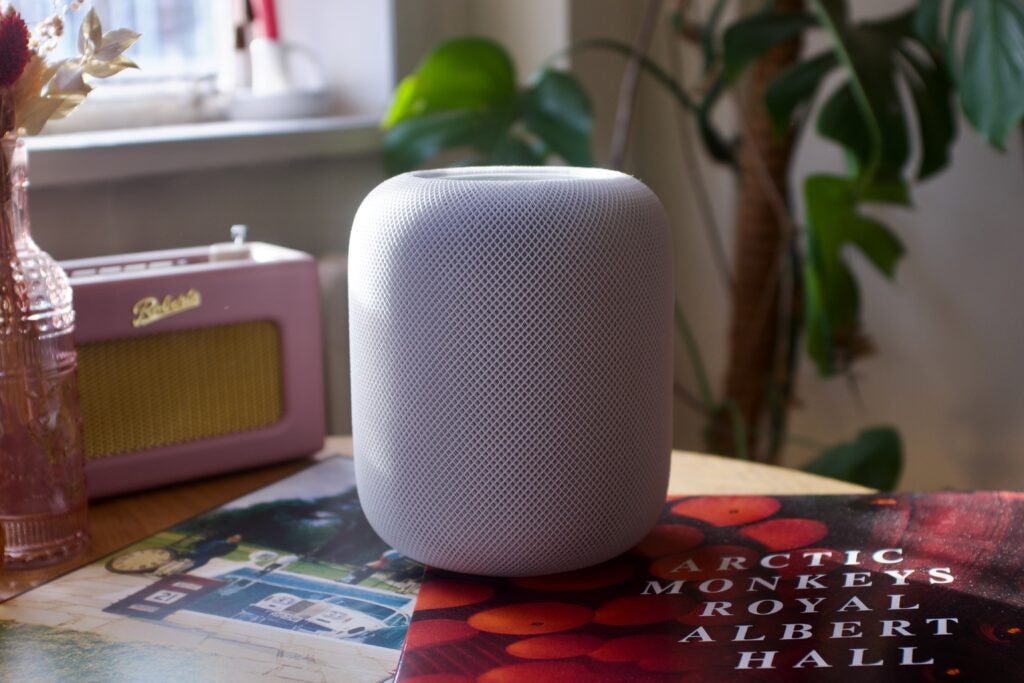
Features
Both Spotify and Apple Music offer an extensive range of curated playlists, content and recommendations to help you to discover and listen to new music.
Spotify also offers features like the Enhance button that adds suggested tracks to your playlists, as well as a Blend feature to generate a playlist with both your and a friend’s music tastes.
Apple Music has live radio stations, while both apps support voice commands with the help of Siri.
However, by far the most talked about Spotify feature is Wrapped – the app’s end-of-year breakdown of your listening habits from the past year. Apple Music offers a similar experience with its annual Replay feature, which includes similar stats and a personalised playlist to help lessen the FOMO when Wrapped drops each December.
Devices
Both Spotify and Apple Music are compatible with a range of devices.
Each service is compatible with iOS, Android, Mac and Windows, along with a web player that lets you access your music on a browser wherever you are. Spotify Connect enables an even wider breadth of support on wireless speakers and music systems, though you can connect to devices with AirPlay 2 on Apple Music, but the same can be said of Spotify too.
The two streaming services are also available to play on supported TVs (although Apple Music is not as extensive), cars, game consoles (including the PS5 and Xbox Series X) and smartwatches, as well as natively on Sonos speakers. Given the breadth of compatibility that Spotify offers, it gets the win here.
Verdict
Overall, Spotify and Apple Music offer similar services. They’re priced similarly, and have roughly the same-sized catalogue.
The main advantage of Apple Music is its audio quality, with lossless resolutions and Spatial Audio supported on the platform, and live radio. The app also comes with a lengthy free trial when you pick up certain new Apple devices.
Spotify, has the allure of Spotify Wrapped, with Apple’s Replay not quite getting the same hype when December rolls around. It’s also more widely available than Apple Music is when you factor in Spotify Connect support.
If it’s access to higher quality audio you want, then Apple Music is the better option. Of course, Spotify offers a free plan too, so if you’re looking to save some cash in 2024, Spotify Free would be your best bet.


